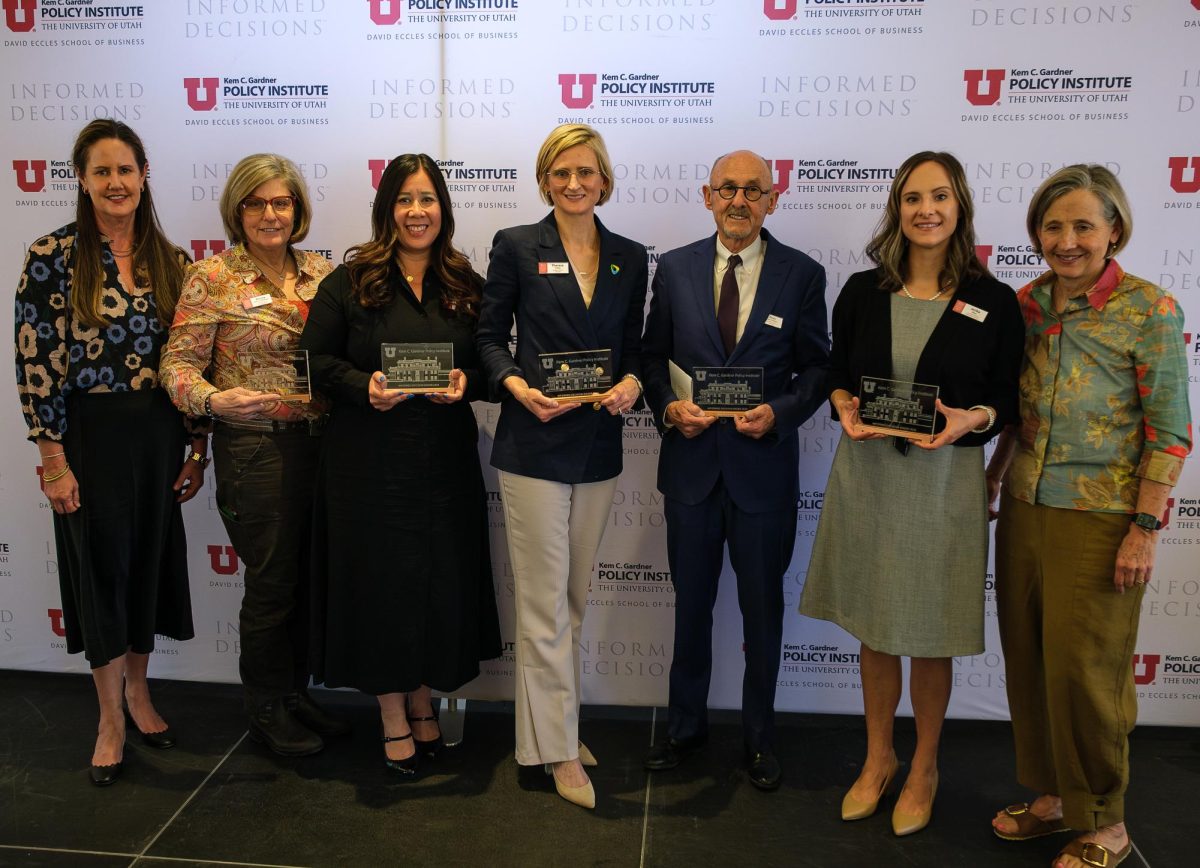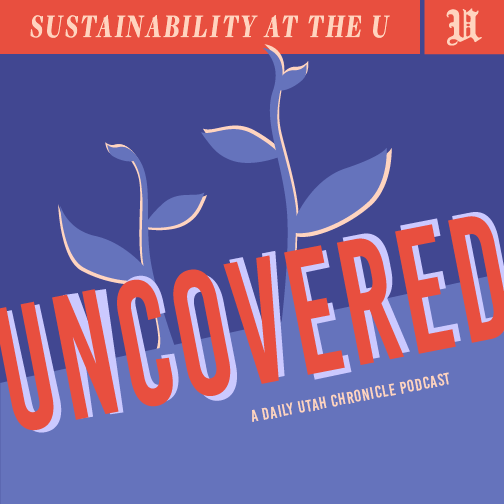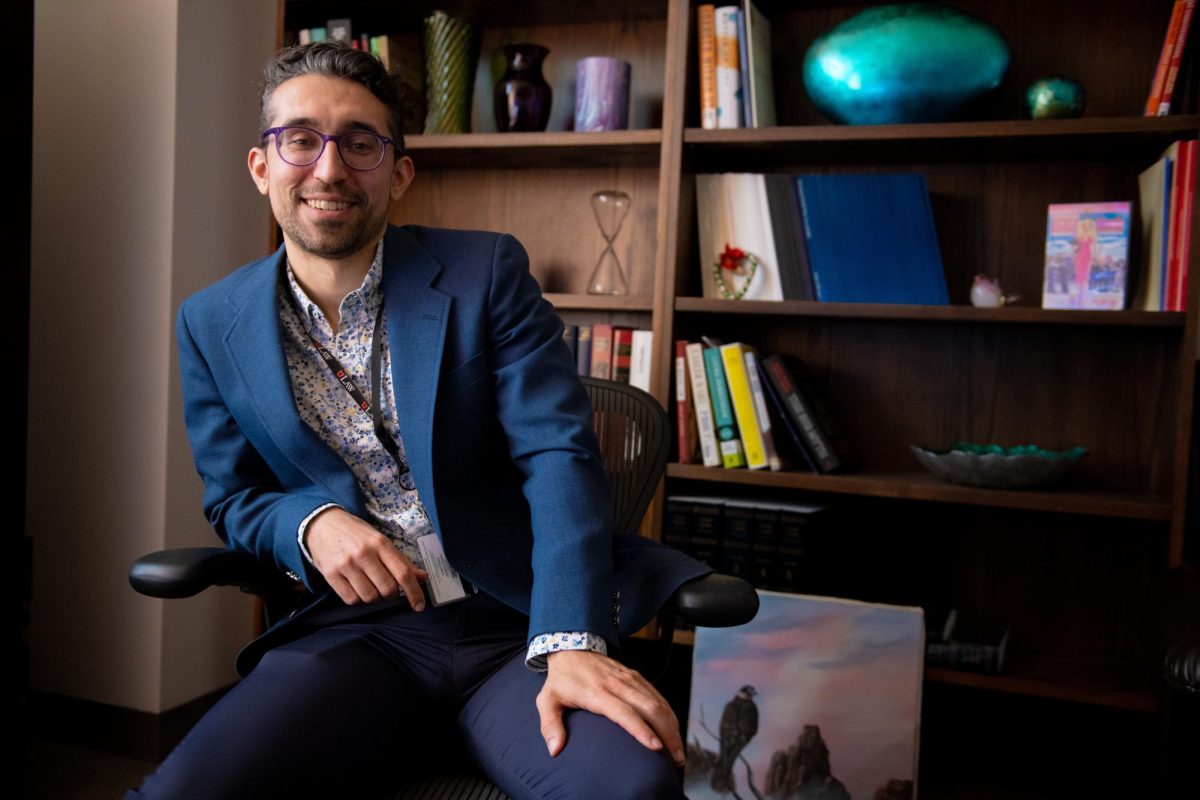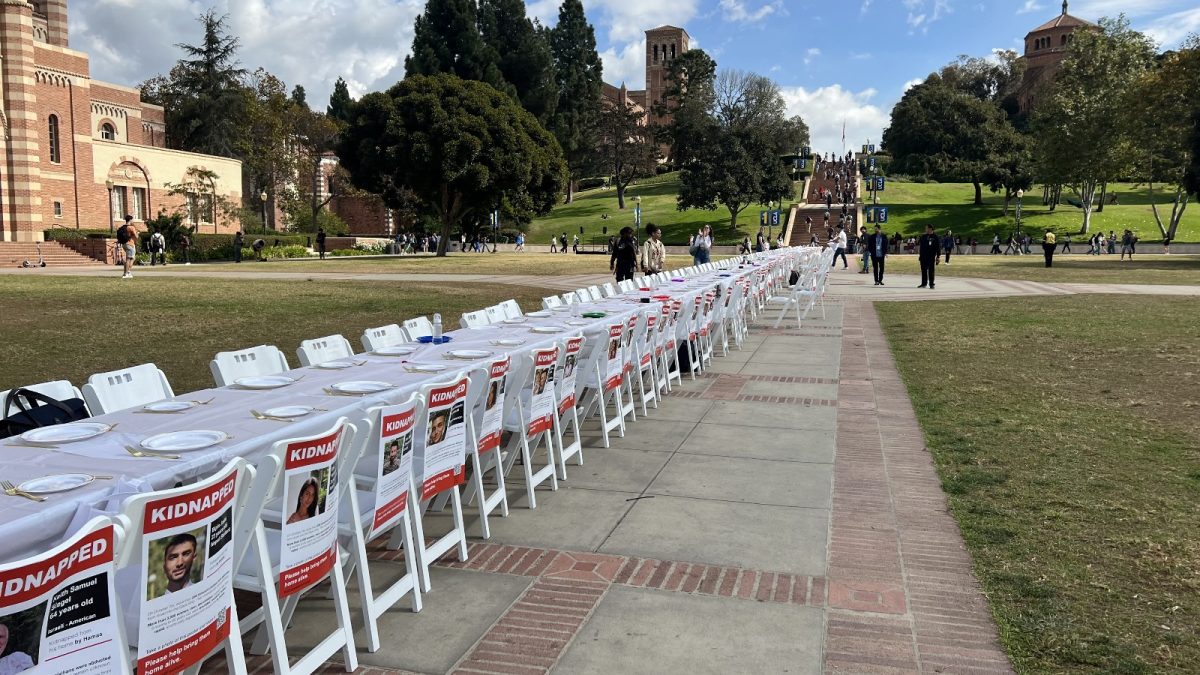Scientists of the human genetics department reconstructed a 530 million-year-old gene from two modern mouse genes. The study, conducted by Mario Capecchi and Petr Tvrdik, is the first to reverse the evolutionary process.
The research used Hoxa1 and Hoxb 2-genes that came from a common ancestor but now have different functions. The study opens possibilities to new types of gene therapy.
“It proves that it is possible to simplify the genome and have one gene doing two different jobs,” Tvrdik said.
Capecchi and Tvrdik used mouse genes because they are similar to those found in humans.
“Almost 99 percent of mouse genes are similar to human genes,” Tvrdik said.
Capecchi and Tvrdik chose the Hox genes because it is easy to recognize their similarities and trace how they evolve through years.











